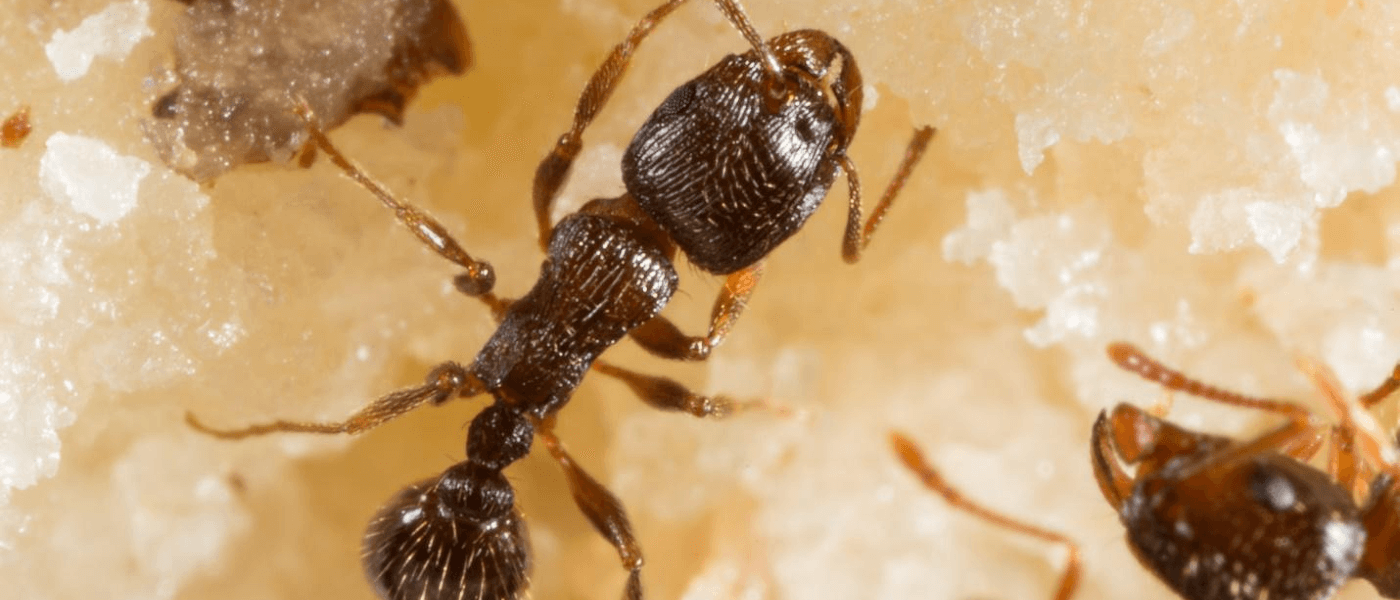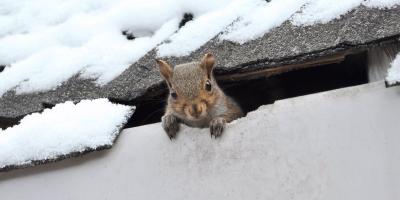Myth: Pavement Ants Are Only Outdoor Pests

When you think about “pavement ants,” you probably imagine the tiny ants you see collecting sand into ant hills in the cracks in and between sidewalk or driveway slabs. Annoying, sure, but mostly not a big deal, since they’re just an outside nuisance, right?
What you may not realize, however, is that the only thing that separates supposedly unobtrusive pavement ants from the serious problem ants you find in your kitchen -- the ones you might think of as “sugar ants” -- are the exterior walls of your home.
In other words, pavement ants and sugar ants... are the same ants! The only difference is that one group is found outside, and the other is inside.
Not All Ants Are Created Equal
Ants are a problem in almost half of all US homes each year, with activity peaking May through July in New England. And while invading ants are mostly just a nuisance that don’t cause much damage (other than maybe some loss of foodstuffs), there are other far more sinister ants to look out for…
We’re talking, of course, about carpenter ants. Carpenter ants are typically anywhere from a quarter- to a half-inch long: much larger than pavement ants. And unlike their mostly-harmless cousins, carpenter ants do cause expensive structural damage.
Carpenter ants aren’t especially exciting to look at… apart from their size, they have no special physical distinguishing features. They are black in color, and their most distinguishing characteristic isn’t their appearance but rather their path of destruction. As they bore through (and eventually destroy) the wood in your home, carpenter ants leave behind a coarse sort of sawdust as evidence of the damage they’ve caused.
Meet the “Sugar Ant” Doppelgänger
It is also worth noting that, beyond the pavement & carpenter ant, there is a third type of ant common to New England homes that is -- thankfully -- harmless. They’re called odorous house ants on account of the rotten coconut-like smell they give off when crushed. Due to their comparable size and coloration to pavement ants, not to mention their similar seasonality and notorious food theft, they are often confused with pavement ants and therefore share the same nickname “sugar ants” when seen indoors.
While they are, for all intents and purposes, the same pest to the average homeowner, all pest control professionals know that they must be accurately identified if there is any hope of effectively eradicating them. They have very different nesting habits, which makes all the difference when trying to kill the colony. This is why it’s important to have a pest control professional on the job when you have tiny sugar thieves on-site.
The Professional Approach to Ant Control
When dealing with an ant infection, the key is to remember that the colony operates as a single entity, not as a collection of individuals. Killing off a few worker ants here or there won’t have a meaningful impact on the colony.
In fact, you’re only ever seeing a small fraction of the total population of ants in a given infestation. The majority of the ants in a colony remain in the nest, safely tucked away and hidden from sight.
That’s why, when professionals set out to deal with an ant problem, they do so with one mission in mind: kill the queen.
Because of the high population size of the average ant colony, as well as their resiliency and small stature, professional ant control is usually required if you want to effectively deal with an ant problem. We have the tools and know-how to rid your property of ants and to help prevent future outbreaks from occurring.
Don’t fool around when it comes to ants – get a pro on site before the infestation gets worse. Contact us today for a free quote.



